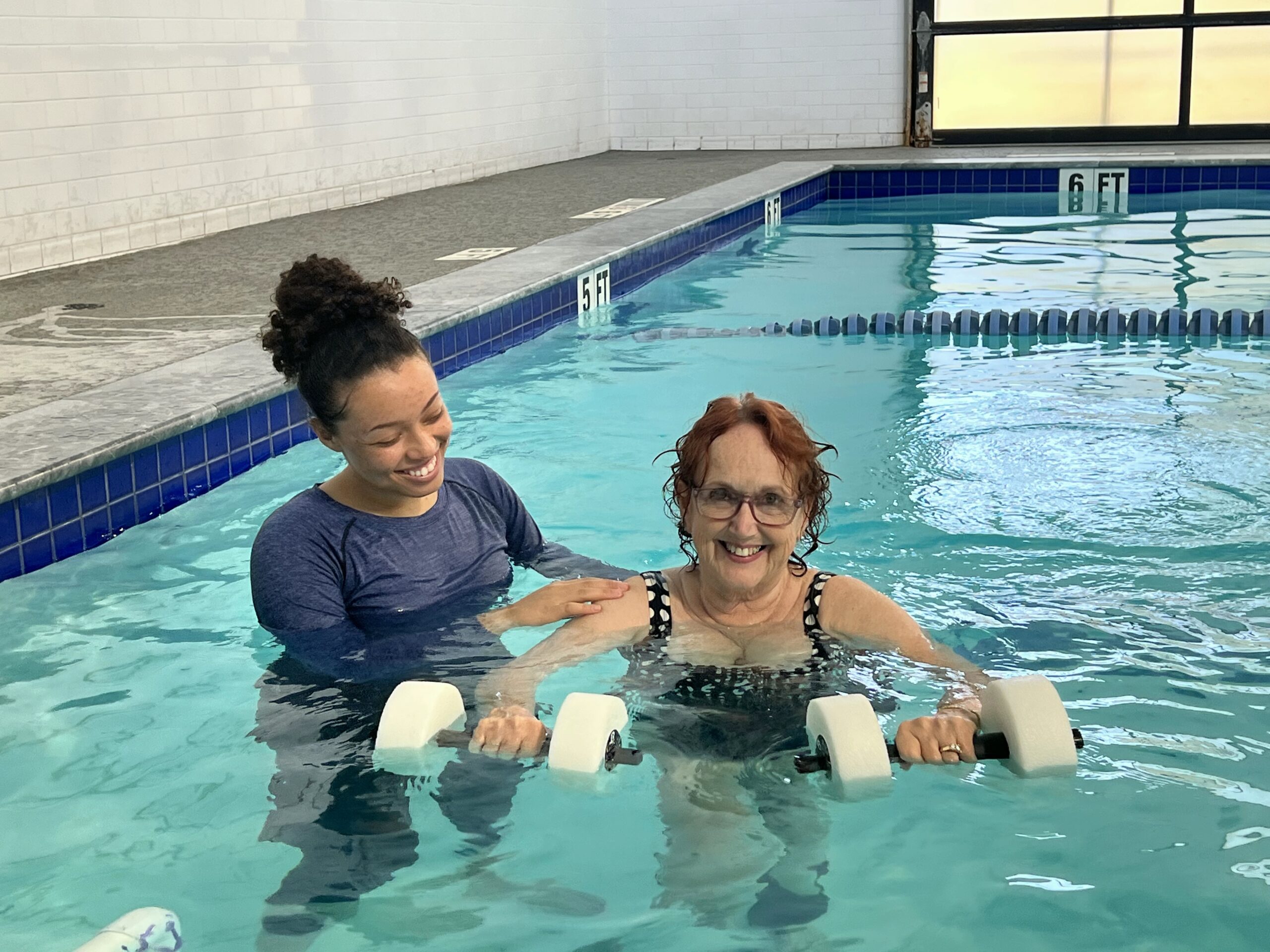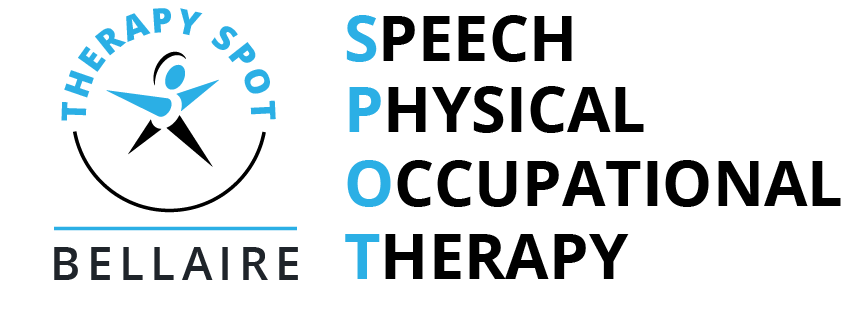Aquatic Therapy
At Therapy SPOT – Bellaire, we offer aquatic therapy, a unique and effective approach to rehabilitation that uses the properties of water to enhance healing and recovery. This form of therapy is particularly beneficial for individuals who may have physical limitations on land but can move more freely and comfortably in the water.
Aquatic therapy allows our patients to take advantage of the buoyancy of water, which reduces the strain on joints and soft tissues by supporting up to 80% of the body’s weight. This enables patients to work on gait, balance, strength, endurance, and mobility with less pain and strain. Water therapy provides natural resistance, which helps build muscle strength and flexibility, while also promoting relaxation and pain relief. For many of our patients, water therapy is where they experience some of their first unassisted steps after an injury, offering both physical and emotional benefits.
Whether you’re recovering from a joint injury, surgery, or a neurological condition, the pool provides a supportive environment where you can focus on rehabilitation without the limitations of gravity. It also offers a unique opportunity for pain management, especially for those with musculoskeletal pain, arthritis, fibromyalgia, or spinal cord injuries, where traditional therapy may be too painful or difficult to perform.
Our experienced physical and occupational therapists work closely with patients in the water, tailoring the therapy to their specific needs and goals. We combine hydrotherapy with traditional rehabilitation techniques to promote faster recovery, improve range of motion, and prevent further injury. Water therapy also helps with postural awareness, balance and provides important sensory input for all extremities.
Benefits of Aquatic Therapy Include:
- Reduced Joint Stress: The buoyancy of water reduces the weight-bearing stress on the joints, easing discomfort and allowing for better movement during rehabilitation.
- Pain Relief: Water’s natural resistance provides a low-impact environment for individuals with arthritis, muscle spasms, or fibromyalgia, allowing them to move without exacerbating pain.
- Rehabilitation and Strengthening: Water allows patients to strengthen muscles, regain mobility, and increase endurance with less discomfort than traditional land-based therapy.
- Improved Gait and Balance: Water therapy helps patients work on walking patterns and stability, crucial for individuals recovering from strokes, fractures, joint replacements, or spinal cord injuries.
- Supportive Environment: Aquatic therapy can often be the first step for patients who have difficulty performing land-based movements due to pain or weakness, and it can significantly improve confidence in their ability to move and recover.
If you’re struggling with back pain, joint issues, arthritis, or other conditions that limit your mobility, aquatic therapy may be the perfect addition to your treatment plan. Whether it’s after surgery or a traumatic injury, or to help manage chronic pain, our therapists are here to guide you through a personalized aquatic therapy program designed to promote recovery and long-term health.
If you’re unsure if aquatic therapy is right for you, our therapists will conduct an evaluation to determine whether it’s a good fit for your rehabilitation needs. Contact us at Therapy SPOT – Bellaire to learn more about how water therapy can help you on your path to recovery!

